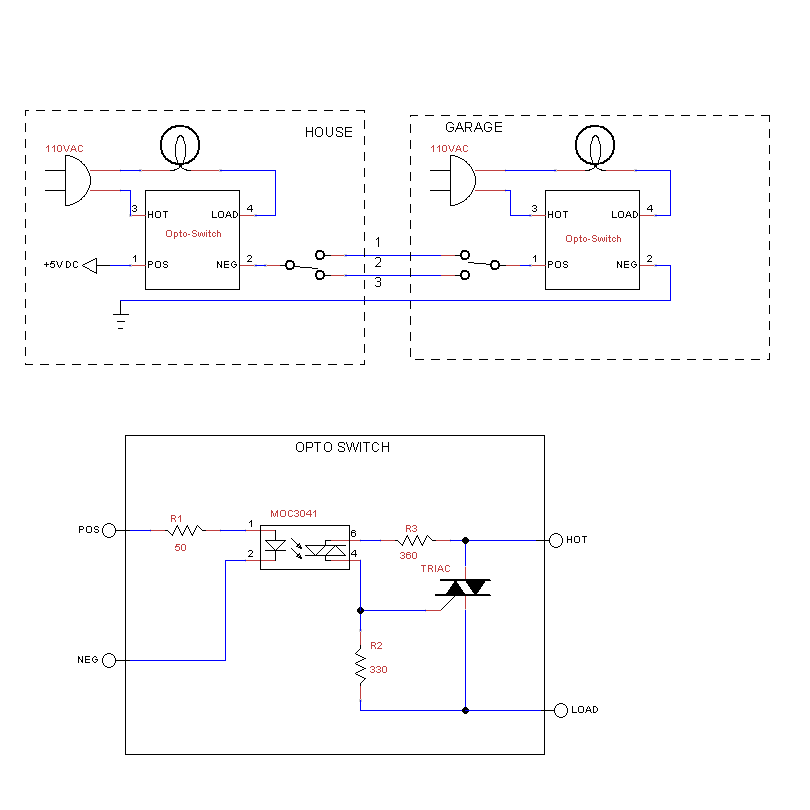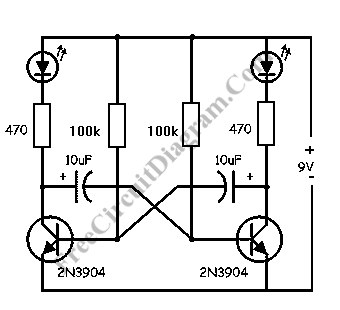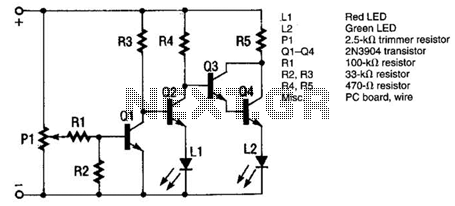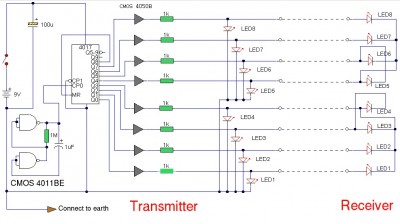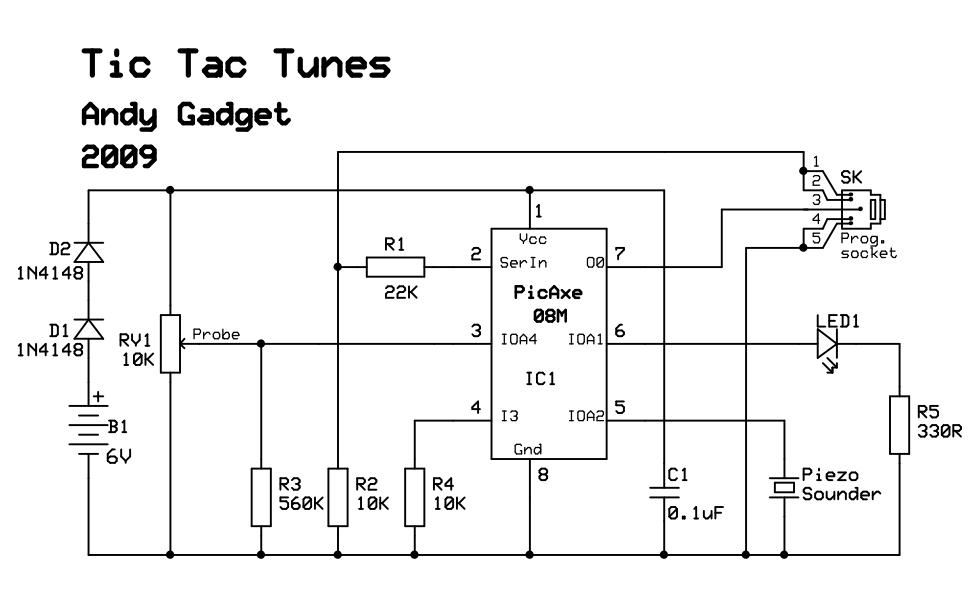
ICL7107 chip digital circuit section 2
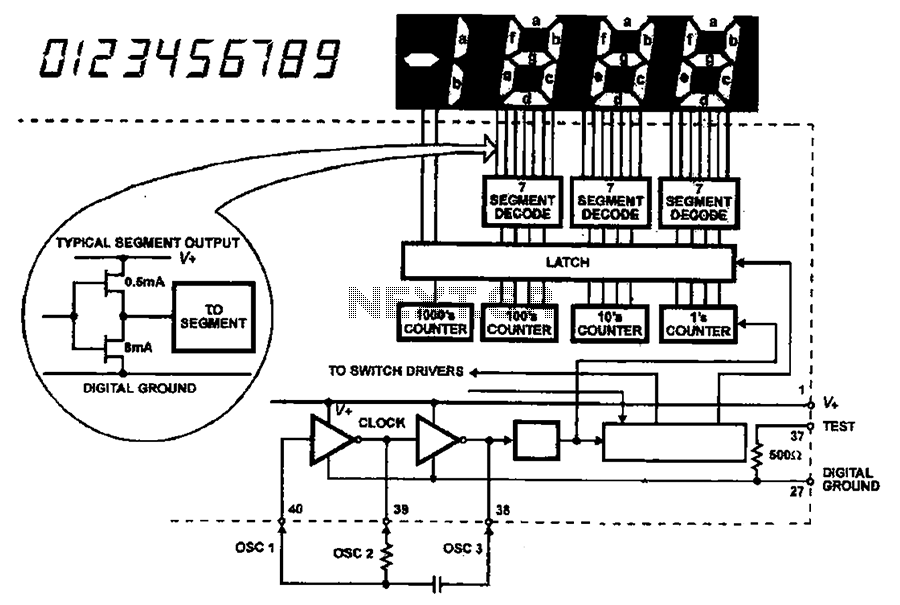
The AC input circuit functions as a converter, transforming an alternating current (AC) signal into a direct current (DC) signal, which is subsequently processed by an analog-to-digital (A/D) converter chip.
The input circuit is designed to handle AC signals, typically sourced from mains voltage or other alternating sources. The first stage of the circuit involves a rectifier, which converts the AC signal into a DC signal. This rectification can be achieved using a full-wave bridge rectifier configuration, which consists of four diodes arranged in a bridge layout. This configuration ensures that regardless of the polarity of the input AC signal, the output will always be a positive DC voltage.
Following the rectification process, a filtering stage is employed to smooth the pulsating DC output. This is typically done using capacitors, which charge during the peaks of the rectified signal and discharge during the troughs, effectively reducing the ripple voltage and providing a more stable DC output. Depending on the application, additional filtering stages, such as inductors or more capacitors, may be included to further enhance the quality of the DC signal.
Once the AC signal has been successfully converted and stabilized as a DC signal, it is fed into the A/D converter chip. The A/D converter is responsible for sampling the DC voltage at specific intervals and converting it into a digital representation, which can then be processed by a microcontroller or other digital circuitry. The resolution and sampling rate of the A/D converter will determine the accuracy and responsiveness of the digital output.
In summary, the circuit effectively transforms an AC input into a clean and stable DC signal suitable for digital processing, ensuring accurate measurements and reliable performance in various electronic applications.AC has been shown as a fishing converter input circuit ND conversion Tiger Road. In order to check the AC signal and I was shown, it is provided in the input circuit AC DC conv erter circuit, the first AC signal into a DC signal, and then into the A/D converter chip.
The input circuit is designed to handle AC signals, typically sourced from mains voltage or other alternating sources. The first stage of the circuit involves a rectifier, which converts the AC signal into a DC signal. This rectification can be achieved using a full-wave bridge rectifier configuration, which consists of four diodes arranged in a bridge layout. This configuration ensures that regardless of the polarity of the input AC signal, the output will always be a positive DC voltage.
Following the rectification process, a filtering stage is employed to smooth the pulsating DC output. This is typically done using capacitors, which charge during the peaks of the rectified signal and discharge during the troughs, effectively reducing the ripple voltage and providing a more stable DC output. Depending on the application, additional filtering stages, such as inductors or more capacitors, may be included to further enhance the quality of the DC signal.
Once the AC signal has been successfully converted and stabilized as a DC signal, it is fed into the A/D converter chip. The A/D converter is responsible for sampling the DC voltage at specific intervals and converting it into a digital representation, which can then be processed by a microcontroller or other digital circuitry. The resolution and sampling rate of the A/D converter will determine the accuracy and responsiveness of the digital output.
In summary, the circuit effectively transforms an AC input into a clean and stable DC signal suitable for digital processing, ensuring accurate measurements and reliable performance in various electronic applications.AC has been shown as a fishing converter input circuit ND conversion Tiger Road. In order to check the AC signal and I was shown, it is provided in the input circuit AC DC conv erter circuit, the first AC signal into a DC signal, and then into the A/D converter chip.
